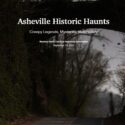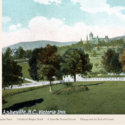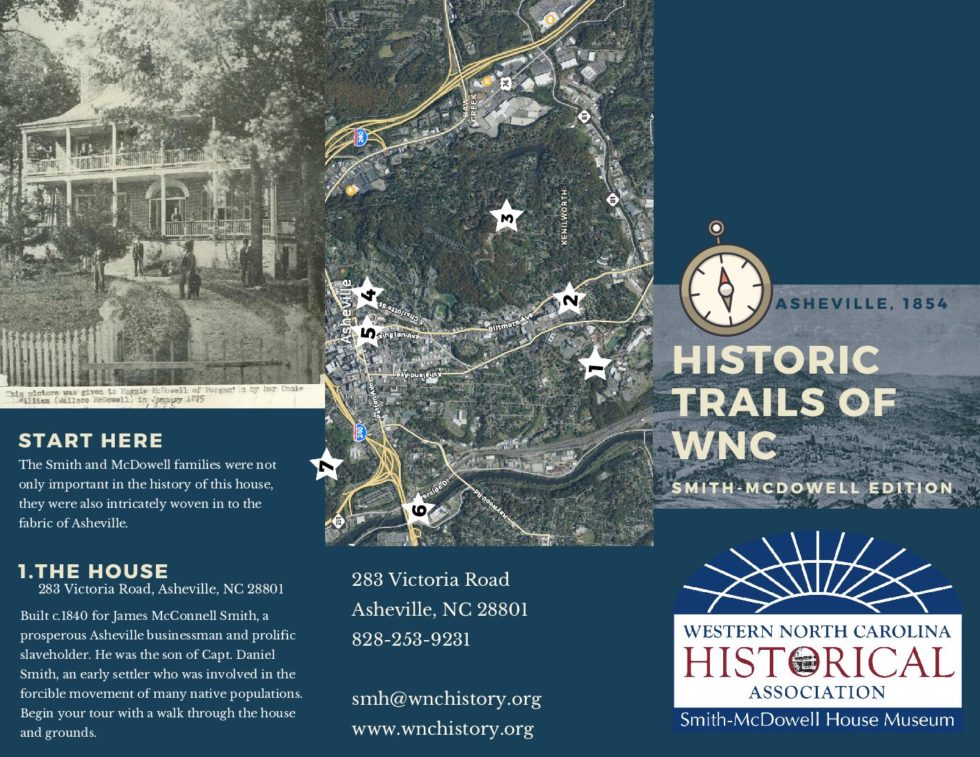See where history happened on our free self-guided walking and driving tours.
Click on the links below to access the full tours and directions.

WNC: Past, Present, People, Place
Western North Carolina is defined as much by the various chains and valleys within the Appalachian Mountains as it is by the various people here. The region contains large swaths of state and national forest lands and parks, including the Great Smoky Mountains National Park and Blue Ridge Parkway. It contains old rivers and old folkways, along with an increasingly large stream of transplants and temporary visitors.

Asheville’s Historic Haunts
What is it that gives Asheville and Buncombe County so many ghost stories? Tales of the haunted, the creepy, the eerie, and the outright macabre mark the landscape here with sites that locals love—or fear. Asheville, situated on high ground near the confluence of two rivers, has a lengthy history of human occupation. It has seen skirmishes and wars, influxes of tourists and tuberculosis patients, booms and busts, and plenty of tragedy.

Victoria: The Forgotten Town
In the 1880s Asheville transformed dramatically into a bustling hub and tourist town, accessible by train for the first time. During this decade, large residences and neighborhoods developed quickly on the outskirts of the city. During the same period, the wealthy George Vanderbilt—heir to a massive railroad fortune—began touring and attempting to buy property and homes in the area. Feeling growing real-estate pressure from these outside interests, one community decided to incorporate into a town.

Smith-McDowell House: The People
Saddled on a ridge between two hills just south of Asheville, ringed by picturesque mountains and overlooking the confluence of two great rivers, Buck House was constructed around 1840, over twenty years before the Civil War, most likely using enslaved laborers.
The residents of the Smith-McDowell House were woven in to the fabric of Asheville. This driving tour begins at the Smith-McDowell House Museum and continues through historic sites related to early occupants of the house.
